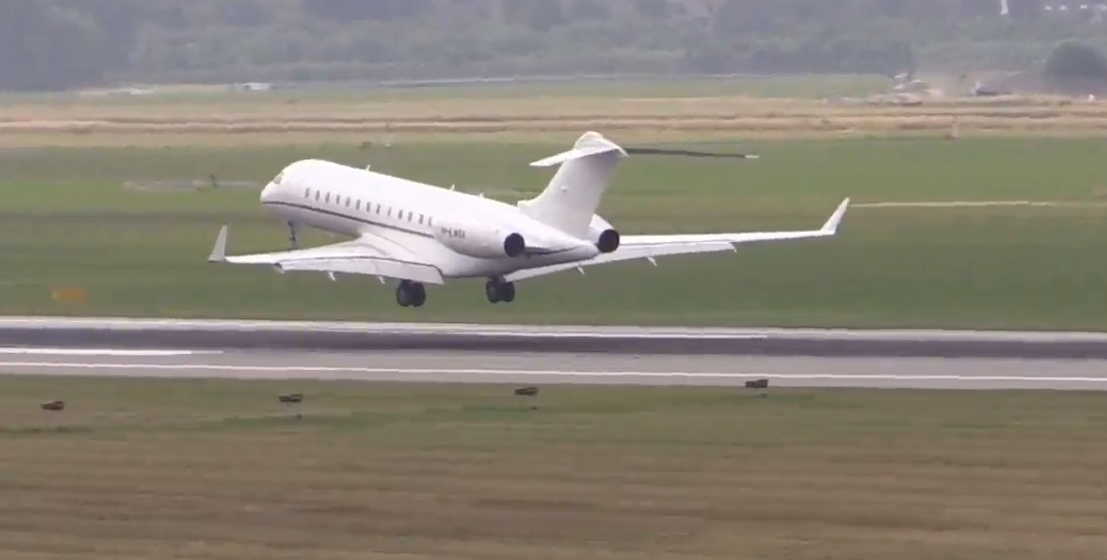New jets aren’t necessarily better than old for reliability, and big isn’t necessarily better than small when it comes to private jet operators.

One of the more robust private aviation provider blogs is at the Magellan Jets website. The seller of jet cards and on-demand charter has a regular flow of interesting content as well as publishing some good guides about different aspects of private jet flying. Recently we read a piece by Todd Weeber, the vice president of services and support titled, “5 Questions Everyone Should Ask About Aircraft Maintenance.”
While you can find many older aircraft on the charter market and various programs provide options to select older aircraft at a lower price, Weeber recommends against it. He writes, “You may have flown on an airliner that is older than you are, but private jets simply aren’t designed to be flown for decades on end. We do not recommend private aviation aircraft manufactured more than 20 years ago as amenities you have grown accustomed to may not be available and the dispatch reliability begins to fall off after a specific age.”
At the same time, Weeber writes brand new aircraft have their problems. “Aircraft right off the assembly line are no better, as newer technology often comes with flaws and bugs that must be discovered during the first few years of operation. It is not uncommon for very new aircraft to have a very low dispatch reliability rate,” he says.
Weeber also offers a surprising perspective when it comes to who is doing the actual maintenance on the private jet you will fly. He says, “The bigger the operator, the more likely almost all of their maintenance is outsourced to providers not intimately familiar with each aircraft. Some of the biggest fleet operators maintain less than seven percent of their own aircraft on any given day. This leads to lower dispatch reliability and more aircraft swaps, crew swaps, and maintenance delays. Smaller operators are more likely to maintain their own aircraft and rely on the manufacturer for periodic heavy maintenance, thereby increasing dispatch reliability and reducing maintenance delays.”
In terms of how often an aircraft should be inspected, Weeber says, “The most reliable operators have the aircraft inspected by one of their own mechanics at least once every 48 hours. The larger the operator, the more likely a mechanic familiar with the specific airplane will be hands-on, continuing their intimate relationship with their own aircraft. Big fleet operators simply cannot maintain the same reliability that smaller, experienced operators can.”
Weeber takes issue with floating fleets. “Some of the largest operators don’t have aircraft bases. The entire fleet floats from stranger to stranger, relying on written records alone and missing the home-field advantage that medium to smaller operators have. Ideally, an aircraft should return to its home base at least every 48-72 hours,” he says.
One other perspective from Weeber is he believes “the most successful operators maintain 4.5 to 6 pilots per aircraft depending on aircraft mission, assign pilots to specific aircraft, assign a mechanic to each aircraft, and return the aircraft to home base every 48 to72 hours. These simple criteria result in the highest rates of dispatch reliability and the lowest rates of maintenance delays.”
Magellan Jets is a broker, in that it doesn’t own or operate aircraft but sources planes from charter operators to fulfill the needs of its jet card and on-demand charter customers. You can read our in-depth Jet Card Insider report on Magellan Jets here. While I am sure some of the larger operators, particularly those that use the floating fleet model would disagree, Weeber’s perspective underscores that smart consumers take the time to do thorough research before buying into a program, something where Private Jet Card Comparisons can be helpful. Paid subscribers get comparisons of over 100 programs by more than 65 variables, all in easy-to-use spreadsheets, including details on company ownership, plus standards for aircraft and flight crew sourcing.